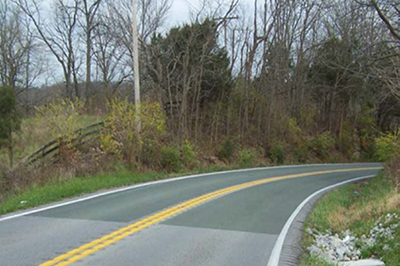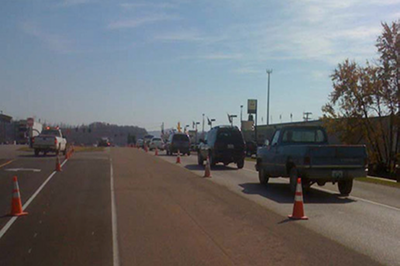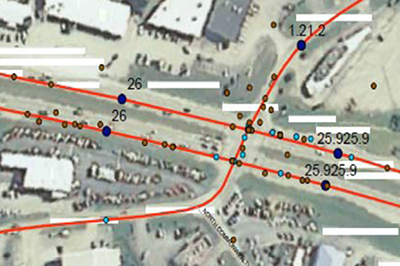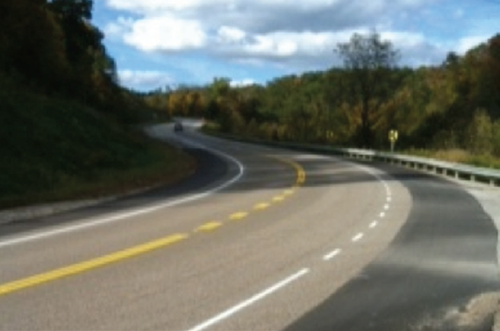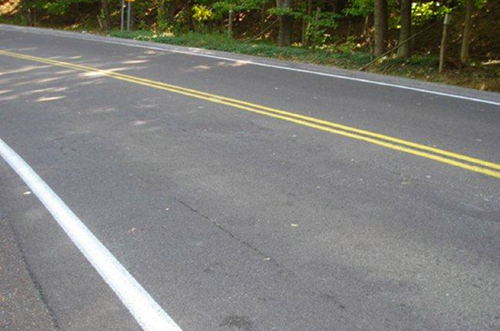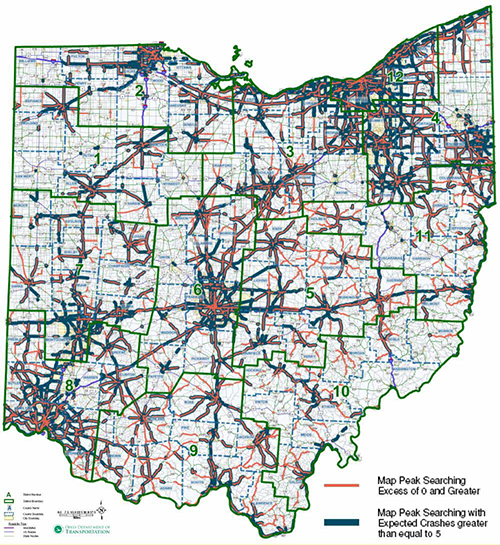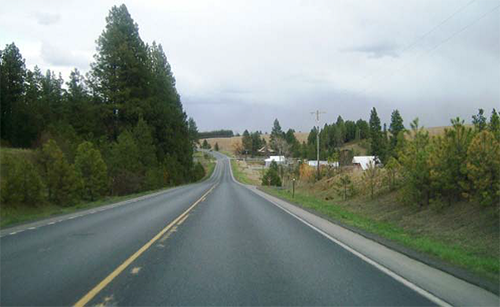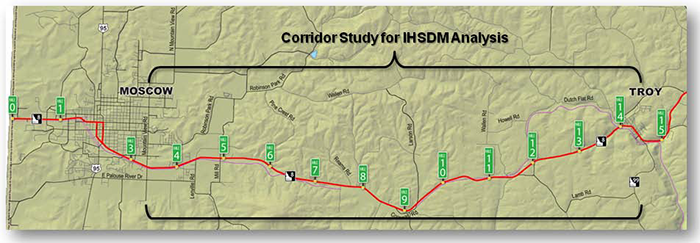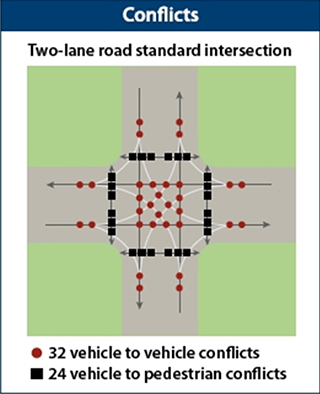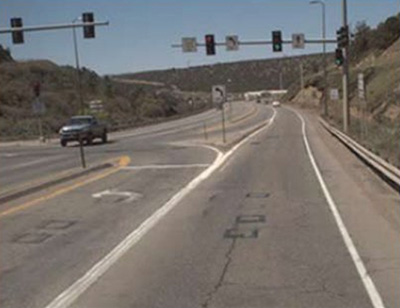Florida Uses Predictive Methods found in the Highway Safety Manual (HSM) for Alternative Selection in Florida (HSM Case Study 3)
Original publication: Highway Safety Manual Case Study 3: Using Predictive Methods for Alternative Selection in Florida
Background
The American Association of State Highway and Transportation Officials' (AASHTO's) Highway Safety Manual Part C Predictive Method (Chapters 10-12) estimates crash frequency and severity. The predictive method uses equations known as Safety Performance Functions (SPFs) to estimate the predicted average crash frequency as a function of traffic volume and roadway characteristics (e.g., number of lanes, median width, intersection control, etc.). The HSM provides SPFs for rural two-lane, two-way roads; rural multilane highways; and urban and suburban arterials. The predictive method enables informed decision making throughout the project development process, including the selection of alternative roadway designs.
Key Accomplishments
Florida DOT (FDOT) District 7 (Tampa area) volunteered to analyze corridor widening project alternatives on State Road (SR) 574 using the HSM predictive method. FDOT used the predictive method for urban and suburban arterials (Chapter 12) to evaluate the predicted safety performance of each alternative over a 20-year horizon. They used the urban arterial SPFs (refer to HSM equation and tables) and adjusted for the proposed geometric conditions based on the crash modification factors (CMFs) for median width provided in the HSM (Table 12-22).
Results
Based on these results, a four-lane divided alternative was predicted to have a crash cost savings of approximately $4.2 million compared to a five-lane with two-way left-turn lane alternative. A benefit-cost ratio was calculated by dividing the crash cost savings by the difference in right-of-way (ROW) costs.1 The resulting benefit-cost ratio was equal to 2.64, illustrating that the benefit obtained through improvement in crash costs more than offset the differential in ROW costs. The results of this analysis were used to justify the additional ROW costs of the four-lane divided section.
The HSM predictive method enables the design engineer to estimate quantitative safety impacts of various design alternatives and provide justification for their design decisions. For the SR 574 study in particular, the loss of parking at the post office necessary to construct the four-lane divided section, may have been difficult to justify to the post office and the public based on engineering judgment alone. However, the use of the predictive method provided the design engineer with quantifiable evidence on why the four-lane alternative is preferred based on the crash cost savings.
1 Although there are differences in costs associated with construction, ROW was found to have the most significant impact, and therefore, ROW was the only cost considered in the economic analysis.
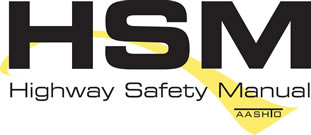
Contact
David O'Hagan
Florida Department of Transportation
(850) 414-4283
David.OHagan@dot.state.fl.us






